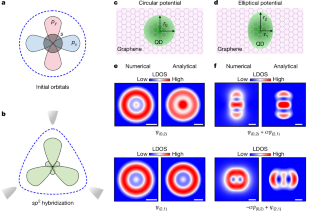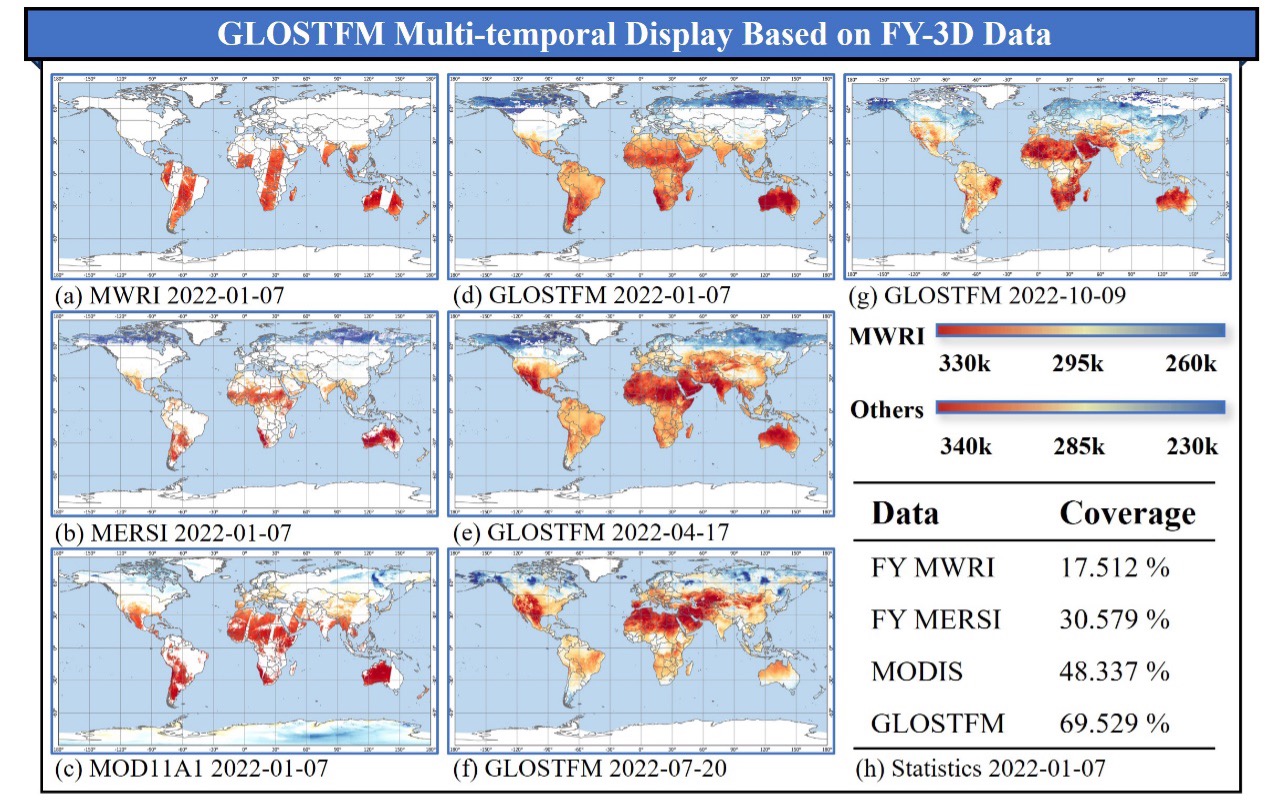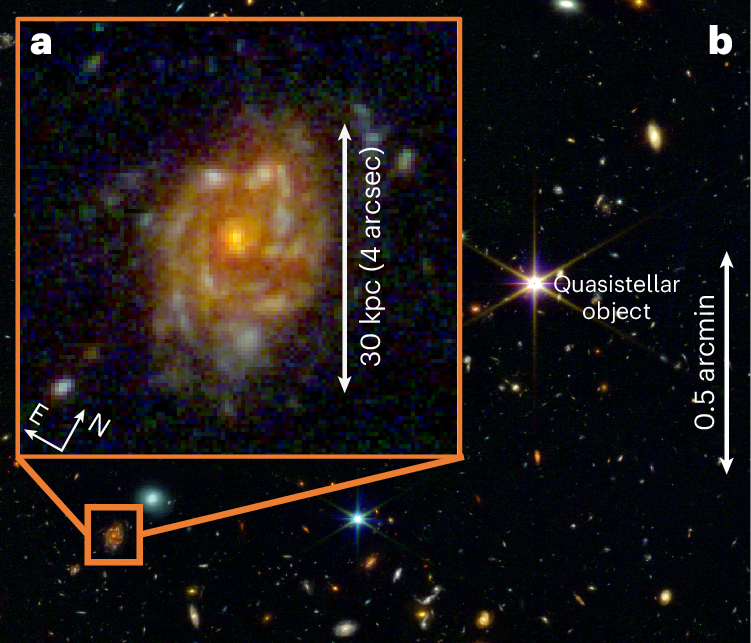2025-03-19 北京大学(PKU)
<関連情報>
- https://newsen.pku.edu.cn/news_events/news/research/14784.html
- https://www.nature.com/articles/s41586-025-08620-z
グラフェン人工原子における軌道ハイブリダイゼーション Orbital hybridization in graphene-based artificial atoms
Yue Mao,Hui-Ying Ren,Xiao-Feng Zhou,Hao Sheng,Yun-Hao Xiao,Yu-Chen Zhuang,Ya-Ning Ren,Lin He & Qing-Feng Sun
Nature Published:26 February 2025
DOI:https://doi.org/10.1038/s41586-025-08620-z

Abstract
Intra-atomic orbital hybridization and interatomic bond formation are the two fundamental processes when real atoms are condensed to form matter. Artificial atoms mimic real atoms by demonstrating discrete energy levels attributable to quantum confinement. As such, they offer a solid-state analogue for simulating intra-atomic orbital hybridization and interatomic bond formation. Signatures of interatomic bond formation have been extensively observed in various artificial atoms. However, direct evidence of the intra-atomic orbital hybridization in the artificial atoms remains to be experimentally demonstrated. Here we realize the orbital hybridization in artificial atoms by altering the shape of the artificial atoms. The anisotropy of the confining potential gives rise to the hybridization between quasibound states with different orbital quantum numbers within the artificial atom. These hybridized orbits are directly visualized in real space in our experiment and are well reproduced by both numerical calculations and analytical derivations. Our study opens an avenue for designing artificial matter that cannot be accessed on real atoms through experiments. Moreover, the results obtained inspire the progressive control of quantum states in diverse systems.



